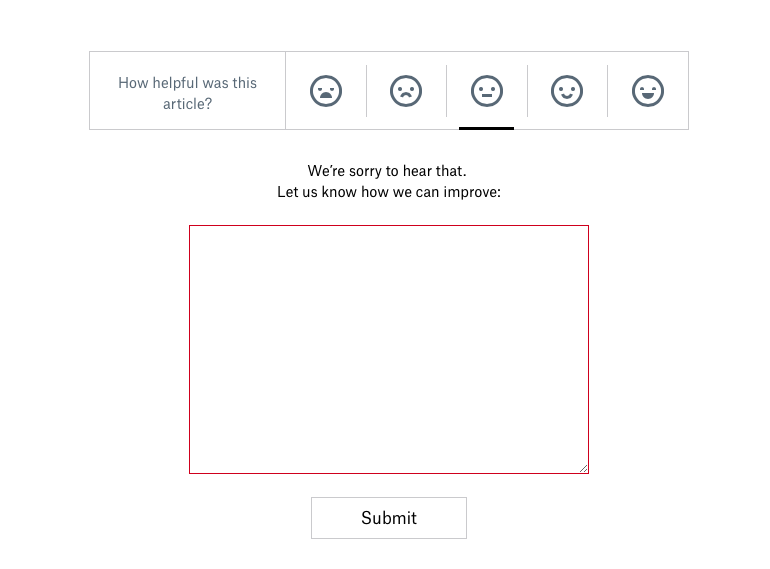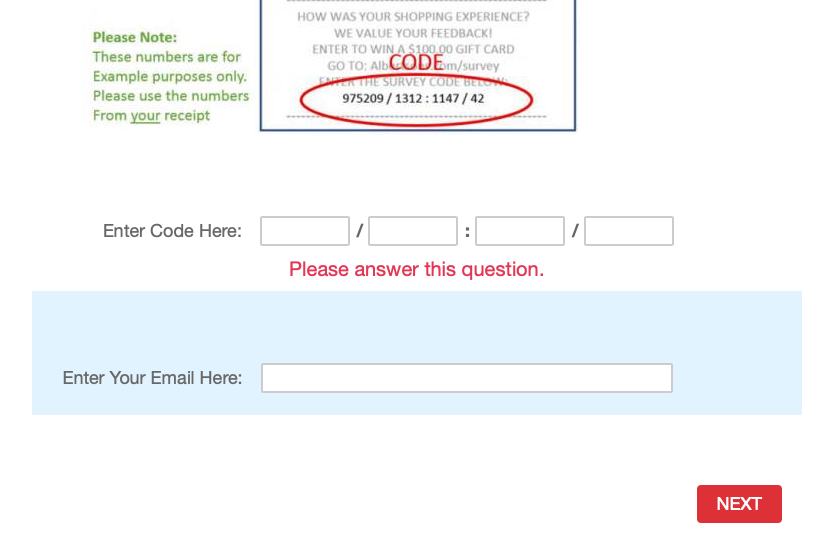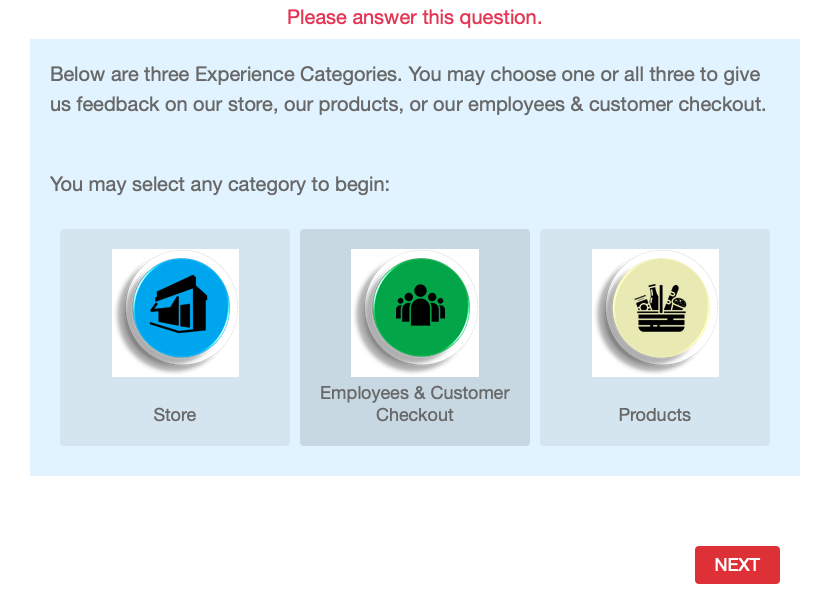A friend of mine recently started a new job. It's not going well.
She was gung-ho at first. The new gig represented a step up from her previous position, the work seemed challenging, and she felt the new company had a lot to offer.
Then reality set in. The company's onboarding process was disjointed, and left my friend without the support and training she needed to fit in. She spent her first week just trying to get her office phone working.
Within a few weeks, my friend started wondering if she had made the right decision. Shortly after that, she started looking for a new job.
Experiences like this are all too common. That's why re-vamping employee onboarding is a top challenge I hear from training and human resources professionals.
So what exactly is onboarding, and how do you do it right?
What is employee onboarding?
Employee onboarding is a process that starts the moment a job offer is accepted and ends once an employee is fully trained to independently do their job at a minimally competent level.
There are various elements that are typically included:
New hire paperwork
Provisioning tools, resources, and equipment
Mandatory compliance training
Job-specific training
An introduction to the company and culture
The ultimate goal of a good onboarding program is to engage employees by creating a sense of belonging and securing their commitment to make a positive contribution.
Why is onboarding important?
There are a few benefits provided by an effective onboarding program:
Increased engagement
Increased productivity
Lower turnover
My friend is an example of what happens when onboarding goes poorly. She's already disengaged, meaning she's not sure how she can help the company succeed. Her productivity is lower than it should be because she doesn't have the right resources. And she's a turnover risk since she's already looking for a new job.
This two minute video follows two employee onboarding programs to highlight the stark differences between effective and ineffective approaches.
How can you build an effective onboarding program?
A strong program consists of five stages.
Pre-Hire
First Day
Orientation
Training
Performance
Pre-Hire: This stages starts when a job offer is accepted and goes until the employees first day. It's an opportunity to prepare new hires for their new job, and to make sure you're prepared for their arrival. For example, it's a best practice to share new hire paperwork ahead of time. It's also important to make sure all the necessary tools, resources, and equipment (i.e. computers, phones, uniforms, etc.) are ready for the employee's first day.
First Day: A new hire's first day forms a critical first impression. You want new employees to feel like they made a great decision to join your organization. I advise my clients to include a social element on day one, such as a lunch or a meet and greet, so new hires can start making friends with their colleagues. Another best practice is to give employees a small project on their first day so they can immediately make a contribution.
Orientation: This is where new employees learn about the company, including its history, mission, and culture. Be careful--there's a real danger of sharing too much information during orientation. Employees are bombarded with so much information during their first few days that they're likely to forget most of it, so try to give new hires information on a just-in-time basis.
Training: Every employee needs adequate training to learn to do their job. Frontline employees in many organizations are under-trained, and leaders often get even less development. In my book, Getting Service Right, I describe how a lack of training contributed to my very first customer service encounter ending in failure.
Performance: New hires often need extra coaching and feedback from their boss during the first days, weeks, and months on the job. This can mean the difference between quickly performing at a high level, or struggling to meet even minimum performance standards.
You can get step-by-step instructions for building your own program from my Running Company Onboarding course on LinkedIn Learning.

























